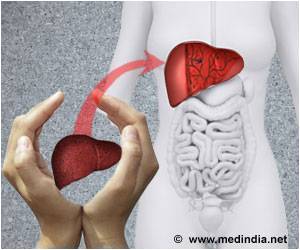Transplant centers performing fewer than 14 heart transplants or less than 20 lung transplants each year had increased patient mortality rates.

‘Transplant centers performing fewer than 14 heart transplants or less than 20 lung transplants each year had increased patient mortality rates.’





“The message to our patients is, yes, it is worth it to make the effort to come to experienced centers,” said Shah, professor of Cardiac Surgery and surgical director of Vanderbilt Heart Transplant and Mechanical Circulatory Support. The study used data from the UNOS (United Network for Organ Sharing) registry and applied more modern analytics to predict whether centers could improve thoracic transplant outcomes by transferring patients from low-volume centers to more experienced, or high-volume, transplant hospitals.
“The questions we had to ask and to answer were very uncomfortable ones,” Shah said. “But they were crucial policy questions: how many transplant programs do we really need for a given population area and how many programs that exist would end up closing in order to provide the most benefit to patients?” Shah, who came to Vanderbilt in 2015, was one of the investigators involved in the study while at Johns Hopkins University School of Medicine.
Past research showed that centers performing fewer than 14 heart transplants or less than 20 lung transplants each year had increased patient mortality rates. The study model used information from 12,594 heart transplant patients from 135 medical centers and 12,300 lung transplant patients from 67 centers in the United States.
The computer algorithm divided the continental United States into 11 regions as defined by UNOS and “began figuratively “closing” the center with the lowest number of transplants per year in each region,” reads the study. “The algorithm essentially referred all patients from the ‘closed’ low-volume center to the largest one in that region and assigned those patients the largest center’s reported mortality rate. This process was repeated until either five centers had been closed, or only one transplant center in a given region was left,” the authors wrote.
Advertisement
“It’s really a policy discussion that goes beyond individual transplant centers. We are trying to contribute to the larger conversation about best practices, policy and health care.”
Advertisement









